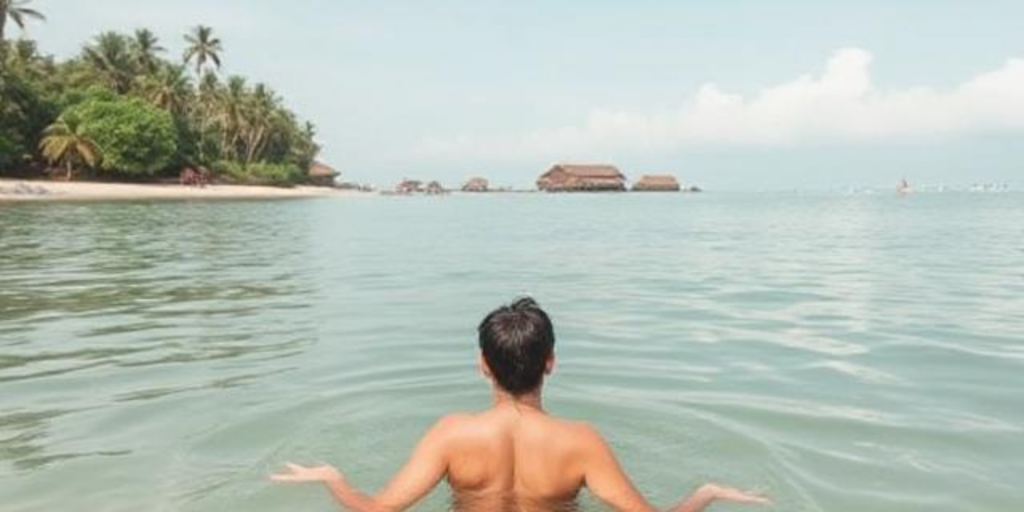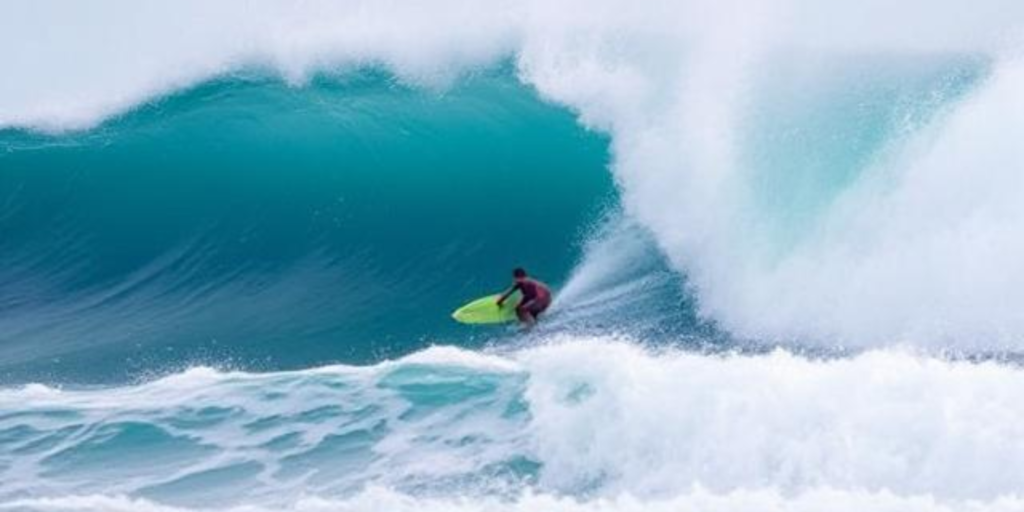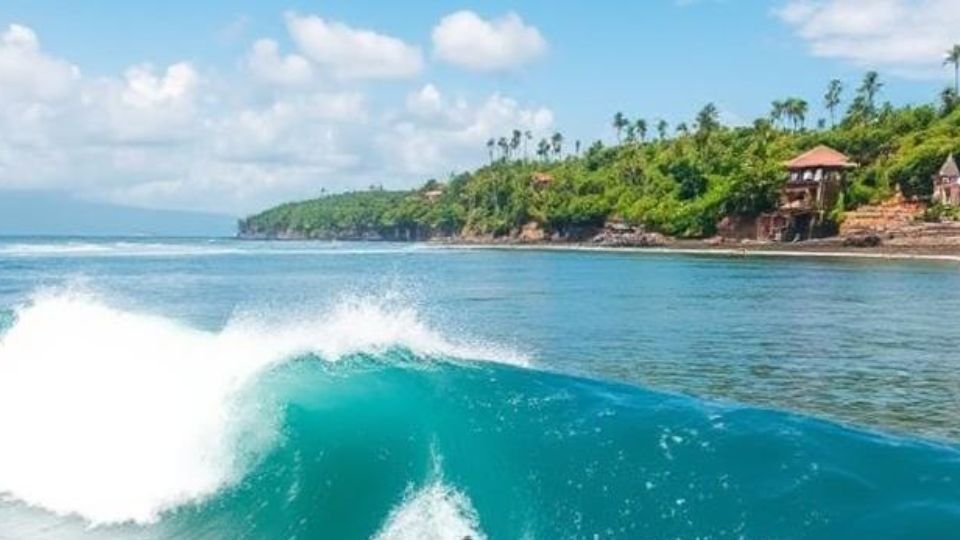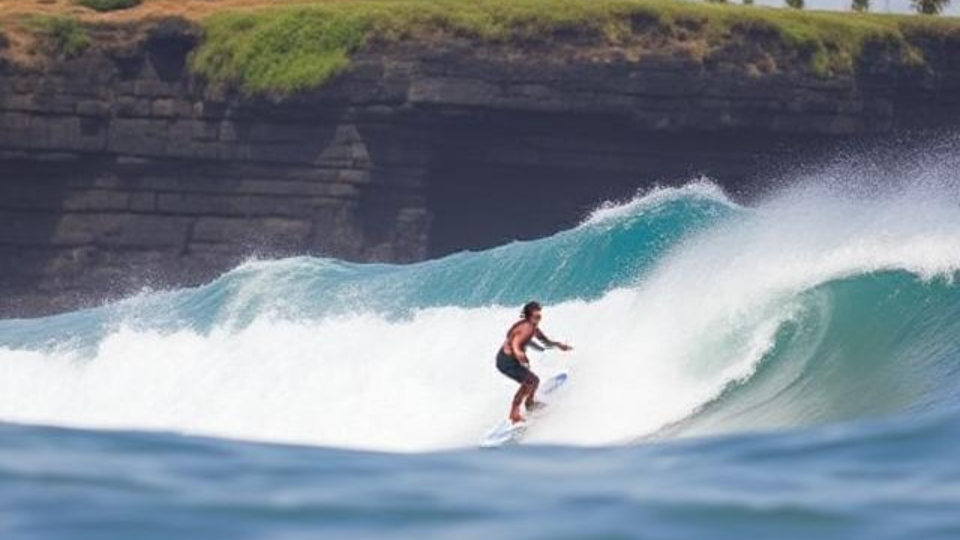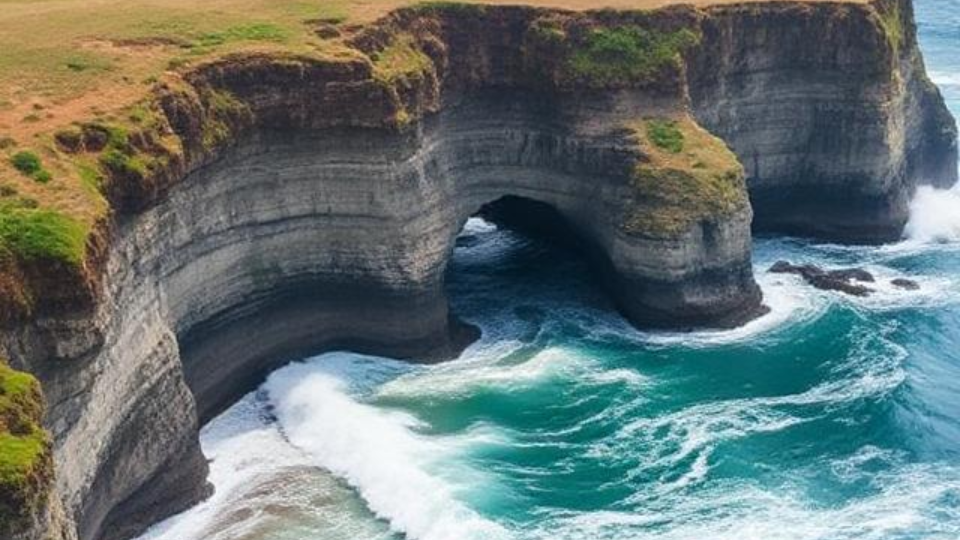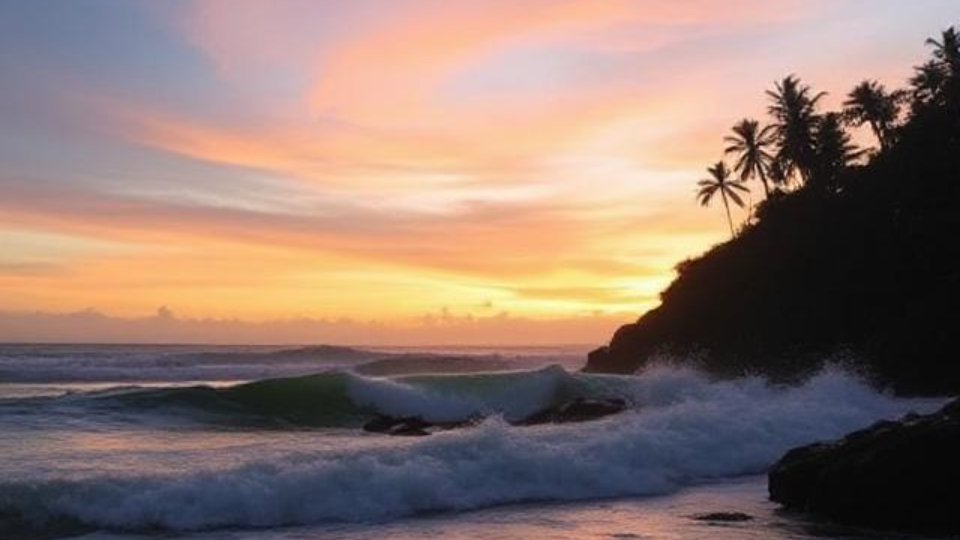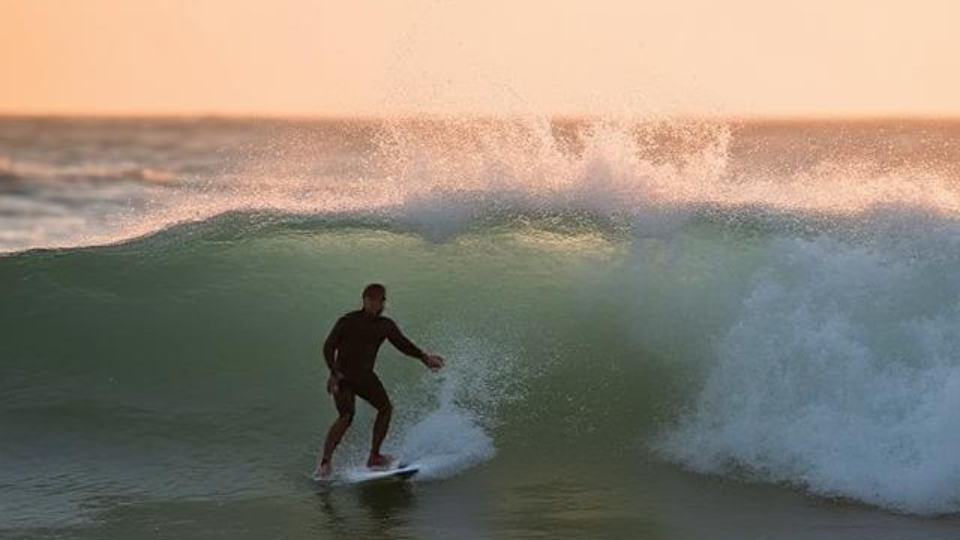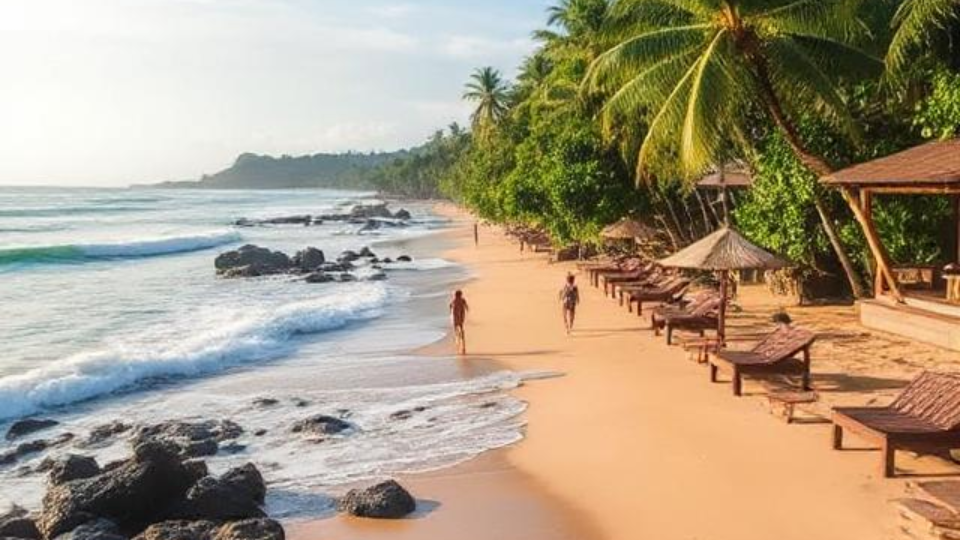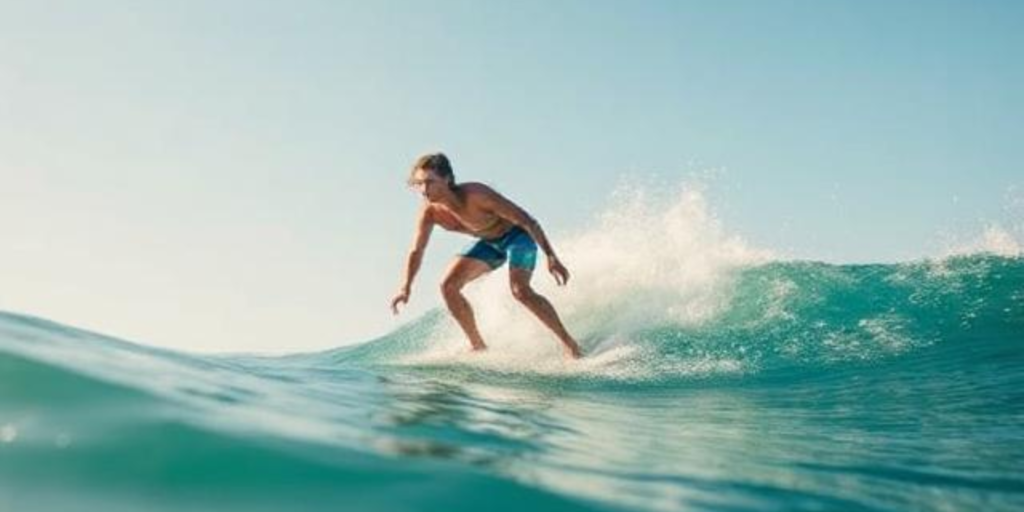
Can Surfing Keep You Looking Younger? Everything You Should Know
Can surfing Keep You Looking Younger, Surfing isn’t just an exciting sport—it’s a full-body workout, a stress reliever, and a lifestyle that keeps many surfers looking youthful and vibrant. But does catching waves actually help slow down aging? Let’s break down the science and benefits behind why surfers often appear to age gracefully.
Improved Blood Circulation for Healthier Skin
Surfing gets your heart rate up, pumping oxygen-rich blood throughout your body. Better circulation means your skin receives more essential nutrients, keeping it fresh and glowing. Regular physical activity also helps with cell regeneration, which can slow down visible signs of aging.
Strong, Toned Muscles Maintain Firm Skin
Balancing on a surfboard engages your core, legs, and upper body, helping to tone and strengthen muscles. This added muscle tone helps prevent sagging skin, giving you a more youthful, sculpted appearance.
Sunlight and Vitamin D—With Proper Protection
Sun exposure while surfing helps your body produce vitamin D, which plays a crucial role in skin health, bone strength, and immune function. However, too much sun without protection can lead to premature aging. Wearing sunscreen and protective gear is essential to enjoy the benefits without the drawbacks.
Stress Reduction and Its Anti-Aging Effects
Chronic stress speeds up aging, breaking down collagen and leading to wrinkles. Surfing, with its combination of exercise, ocean air, and rhythmic waves, acts as a natural stress reliever. It boosts endorphins, the body’s “feel-good” hormones, which help keep your skin looking radiant and youthful.
Saltwater’s Natural Skin Benefits
The ocean isn’t just a playground—it’s a natural skincare treatment. Saltwater is packed with minerals like magnesium and potassium, which help cleanse and exfoliate the skin. This gentle exfoliation removes dead skin cells, leaving your skin smoother and more refreshed.
Cold Water Exposure and Collagen Production
If you’ve ever surfed in cooler waters, you may have noticed how invigorating it feels. Cold water exposure has been linked to increased collagen production, which keeps skin firm and elastic. It also helps tighten pores and improve circulation, both of which contribute to a youthful glow.
A Healthy Lifestyle That Promotes Longevity
Most surfers adopt a balanced lifestyle that includes nutritious eating, proper hydration, and regular sleep—all key factors in maintaining a youthful appearance. A diet rich in antioxidants, omega-3 fatty acids, and hydration can naturally slow down the aging process and keep skin looking fresh.
Final Thoughts
While surfing won’t stop aging altogether, its combination of movement, relaxation, sun exposure (when managed properly), and saltwater benefits can help you maintain a youthful and vibrant look. By making surfing part of an overall healthy lifestyle, you’re not just riding waves—you’re riding the path to aging gracefully. So, grab your board and let the ocean keep you young!
Can Beginners Surf in Bali? A Complete Guide
Can Beginners Surf In Bali? Bali, Indonesia, is a surfer’s paradise. With its breathtaking beaches, warm waters, and year-round waves, it’s no wonder people from…
Read MoreWhy Bali is Hindu?
Why Bali Is Hindu? Bali, a mesmerizing island in Indonesia, stands out as the only Hindu-majority region in a predominantly Muslim country. While most of…
Read MoreBest Cafe in Canggu for Work
Best Cafe In Canggu For Work. Canggu, Bali, has become a haven for digital nomads and remote workers, thanks to its beautiful beaches, laid-back atmosphere,…
Read MoreWhat Is Canggu Bali ? A Complete Guide to the Bohemian Beach Paradise
What Is Canggu Bali? Canggu a coastal village on Bali’s southwest coast, has quickly become one of the island’s trendiest destinations. Once a quiet fishing…
Read MoreIs Canggu Worth Visiting? A Complete Guide to Bali’s Hip Coastal Haven
Is Canggu Worth Visiting ? Canggu, once a quiet fishing village on Bali’s southwest coast, has become a buzzing destination for surfers, digital nomads, and…
Read MoreCan Beginners Surf 3 Foot Waves? All You Need To Know
Can Beginners Surf 3 Foot Waves ? Surfing is an exciting and rewarding sport, but it can be challenging for those just starting out. One…
Read More

